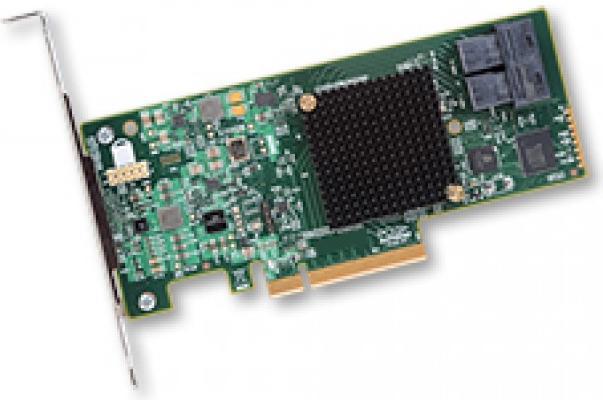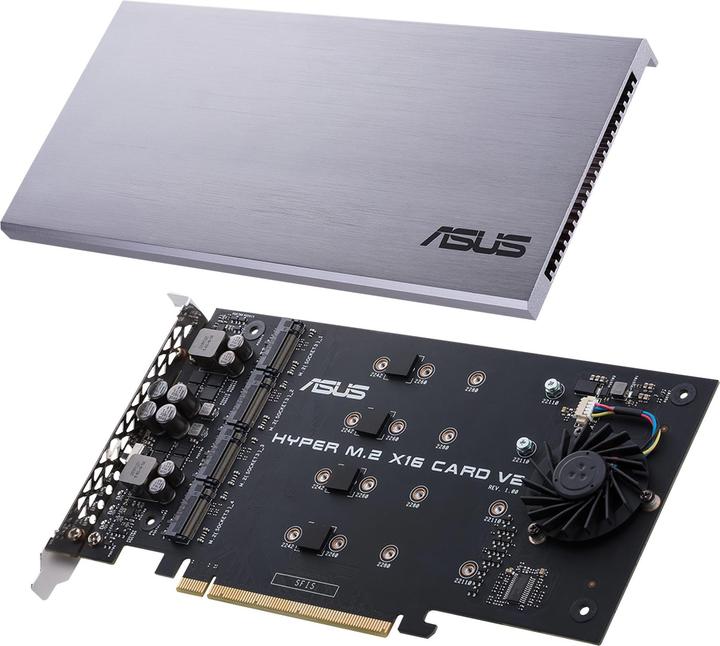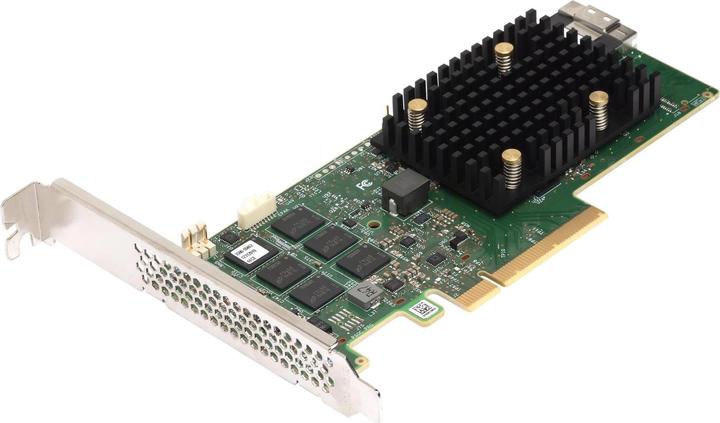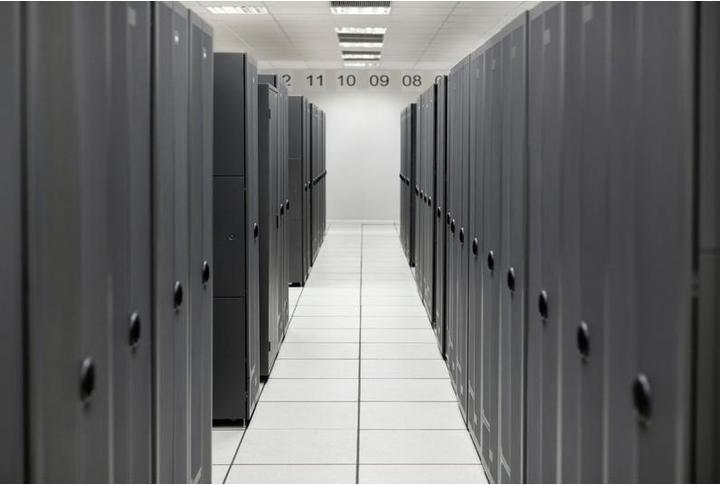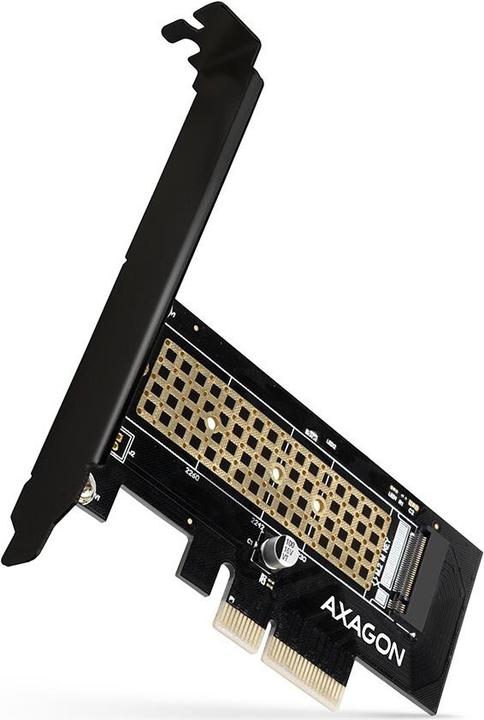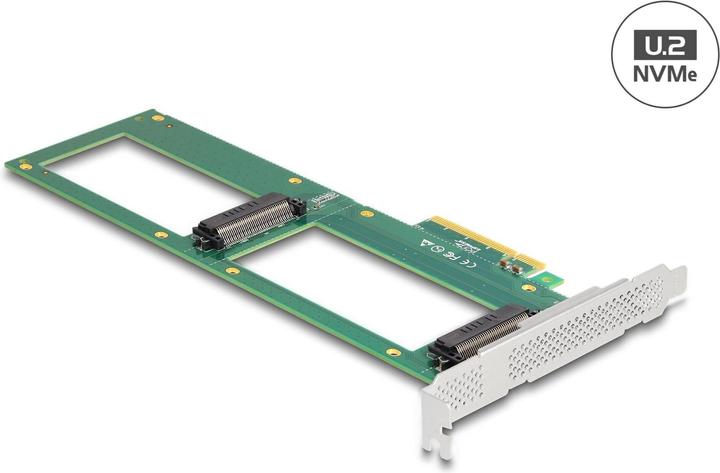
Too Many Storage Controllers? Here's How to Choose the Right One
Navigating the world of storage controllers can be complex. Discover the key factors to consider when selecting the perfect storage controller for your needs.
Last updated 1 week ago. Automatically generated content.


Select options and limit the number of products
The controller type in storage devices determines the interface and protocol for connecting storage drives, impacting speed and compatibility. Choosing the right controller ensures optimal performance and compatibility with your existing hardware setup.
Popular options (you can select more than one)
RAID controller
Typical price
150.– to 800.–Manages multiple hard drives to work as a single unit for redundancy and performance.
Ideal for data protection and improved speed, especially in servers and high-demand environments.
Bestseller
SATA controller
Typical price
38.– to 130.–Connects SATA drives, offering a cost-effective solution for storage needs.
Best for everyday computing tasks, providing a balance of speed and affordability.
Bestseller
SAS controller
Typical price
230.– to 710.–Supports SAS drives, known for high-speed data transfer and reliability.
Perfect for enterprise environments requiring robust performance and scalability.
Bestseller
M.2 controller
Typical price
27.– to 180.–Interfaces with M.2 SSDs, offering high-speed data transfer and compact form.
Great for boosting system performance in laptops and desktops, providing space-saving benefits.
Bestseller
RAID (Redundant Array of Independent Disks) configuration determines how multiple hard drives are combined to enhance data redundancy, performance, or both. Choosing the right RAID level is crucial for balancing the need for speed, data protection, and storage efficiency based on specific use cases.
Popular options (you can select more than one)
0
Stripes data across multiple disks without redundancy, maximizing storage space and speed.
Ideal for tasks requiring high performance but not suitable for critical data storage due to lack of fault tolerance.
Bestseller
1
Mirrors data across two disks, providing full redundancy at the cost of halved storage capacity.
Best for environments where data protection is critical, ensuring data availability even if one disk fails.
Bestseller
5
Stripes data and parity across multiple disks, offering a balance of performance and fault tolerance.
Suitable for general-purpose storage needs, providing data recovery capabilities with efficient use of disk space.
Bestseller
10
Combines mirroring and striping, requiring a minimum of four disks for enhanced performance and redundancy.
Excellent for high-demand applications where both speed and data protection are paramount, like database servers.
Bestseller
JBOD
Combines disks into a single logical unit without redundancy or performance benefits.
Useful for simple storage expansion without the complexity or overhead of RAID, ideal for non-critical data.
Bestseller
The number of connectable hard disks indicates how many drives a storage controller can support simultaneously. It is crucial for determining the scalability and flexibility of your storage solution, affecting both current needs and future expansion possibilities.
Popular options
1 - 4 x
Typical price
38.– to 200.–Supports a small number of drives, typically suitable for basic storage needs.
Ideal for personal use or small businesses with limited data storage requirements.
Bestseller
5 - 16 x
Typical price
320.– to 990.–Accommodates a moderate number of drives, offering a balance between capacity and manageability.
Well-suited for growing businesses or projects needing medium-scale data storage solutions.
Bestseller
17 - 256 x
Typical price
320.– to 890.–Allows connection of a large number of drives, providing vast storage capacity.
Best for enterprises or data centers with extensive storage demands and future scalability needs.
Bestseller
Memory capacity (RAM) in storage controllers is crucial for managing data flow and ensuring efficient processing. Higher RAM enables better performance, allowing for faster data access and smoother operation under heavy workloads.
Popular options
512 - 2000 MB
Typical price
220.– to 610.–Offers basic memory capacity suitable for small-scale operations.
Ideal for entry-level or home use, where data demands are minimal.
Bestseller
2001 - 4096 MB
Typical price
570.– to 1200.–Provides moderate memory capacity to handle medium workloads.
Well-suited for small to medium businesses with moderate data processing needs.
Bestseller
4097 - 8000 MB
Typical price
940.– to 1800.–Delivers high memory capacity for demanding applications and large data sets.
Recommended for enterprises requiring robust performance and efficient multitasking.
Bestseller
Storage Controller Additional Functions enhance the performance and flexibility of storage solutions, impacting data access speed, scalability, and maintenance. Selecting the right functions ensures efficient data management, which is crucial for maintaining system performance and reducing downtime.
Popular options (you can select more than one)
Hot plugging
Typical price
80.– to 640.–Allows adding or removing drives without shutting down the system.
Improves system uptime by minimizing disruptions during maintenance or upgrades.
Bestseller
Native command queuing
Typical price
43.– to 360.–Optimizes the order of read/write commands to improve hard drive efficiency.
Enhances performance in multi-tasking environments, especially with heavy data workloads.
Bestseller
Hot swapping
Typical price
64.– to 640.–Enables replacement of drives without powering down the system.
Increases reliability and flexibility in managing storage devices, ideal for critical applications.
Bestseller
Port multiplier
Typical price
35.– to 85.–Expands the number of drives connected to a single SATA port.
Offers cost-effective scalability, allowing for more storage capacity without additional hardware.
Bestseller
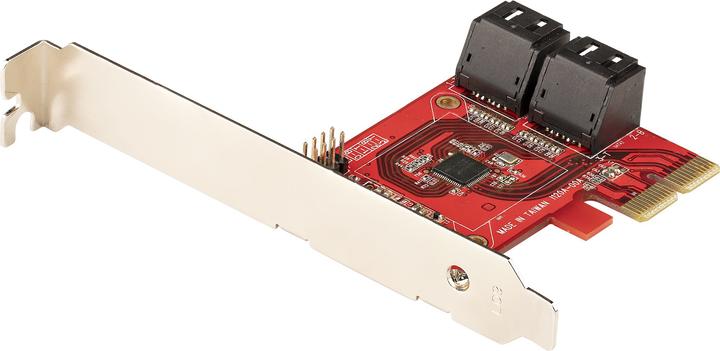
StarTech com SATA PCIe Card - 4 Port PCIe SATA Expansion Card - 6Gbps - Low Profile Bracket - Stacke
